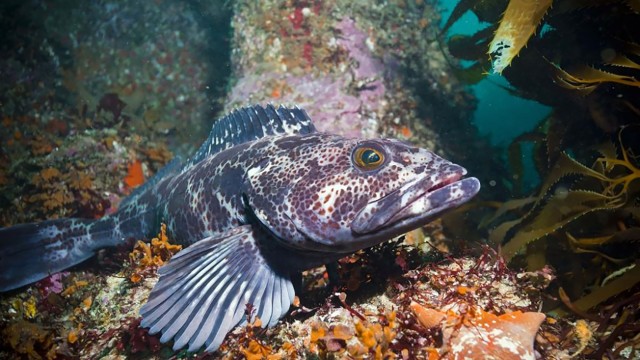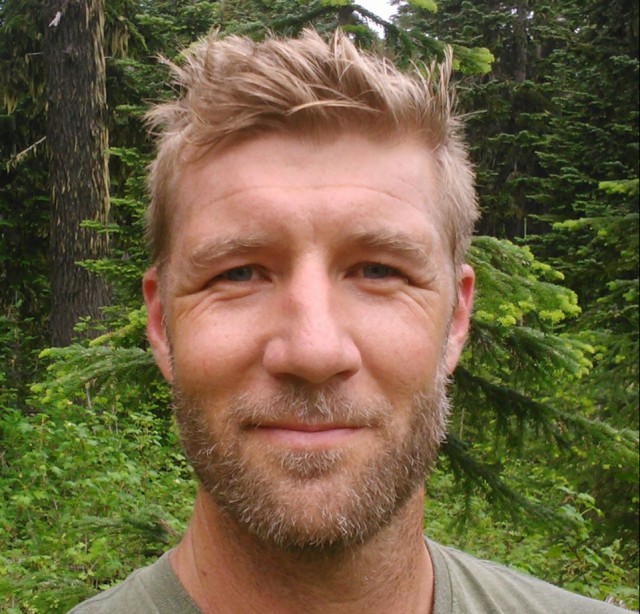Applying Conservation Science

Through a Smith Fellowship, marine ecologist Kurt Ingeman is studying the recovery trajectories of predators and prey
By Julie Cohen
Can targeted conservation facilitate recovery of intertwined species?
The Recovery & Resilience Lab at UC Santa Barbara is dedicated to finding out. Its marine ecologists examine how ocean ecosystems bounce back from disturbance and how sustainable management can promote ocean resilience in the face of global change. Using a suite of methods including field studies, mathematical modeling and synthesis, lab members explore the environmental and biological forces governing the recovery and resilience of the ocean.
They’ll get a big boost in those efforts from their new colleague, postdoctoral scholar Kurt Ingeman, one of just five recipients of the 2018 David H. Smith Conservation Research Fellowship. The nation’s premier postdoctoral program in conservation science, the Smith Fellowship provides two years of support to outstanding early-career scientists seeking to find solutions to the most pressing conservation challenges. The award is named after the late pediatrician David H. Smith, founder of the Cedar Tree Foundation, and an inventor and conservationist.

“We’re thrilled to have Kurt join the lab as a Smith fellow,” said Adrian Stier, principal investigator of the Recovery & Resilience Lab and an assistant professor in UCSB’s Department of Ecology, Evolution, and Marine Biology. “This fellowship is a unique opportunity for postdoctoral scholars to generate creative solutions to pressing conservation challenges by collaborating across traditional academic boundaries and working closely with established researchers in nongovernmental organizations and federal agencies.”
Each fellow’s research is conducted in partnership with a major academic institution and an “on the ground” conservation organization to help bridge the gap between theory and application. Ingeman’s project, “Ecosystem-based recovery: Coordinating predator-prey management to optimize conservation outcomes and accelerate restoration of marine food webs,” will be conducted under the mentorship of Stier and in partnership with Jameal Samhouri of the National Oceanic and Atmospheric Administration and Jodie Toft of The Nature Conservancy.
“As we restore ocean ecosystems, rebounding populations of one species can delay the recovery of other interacting species — as may be the case with lingcod and their rockfish prey,” Ingeman explained. “Designing coordinated measures that facilitate simultaneous recovery is a great opportunity to improve conservation outcomes for nature and people.
“For this fellowship, I will examine recovery trajectories of predators-prey pairs in the north Pacific to identify the ecological and social contexts where coordinated management can accelerate recovery,” he continued. “I also will model how species characteristics and management decisions interact to shape the success of those recoveries. The ultimate goals of the project guide implementation of conservation strategies that better manage the tradeoffs inherent in restoring ocean food webs, while highlighting the potential for ecological-economic win-win scenarios.”